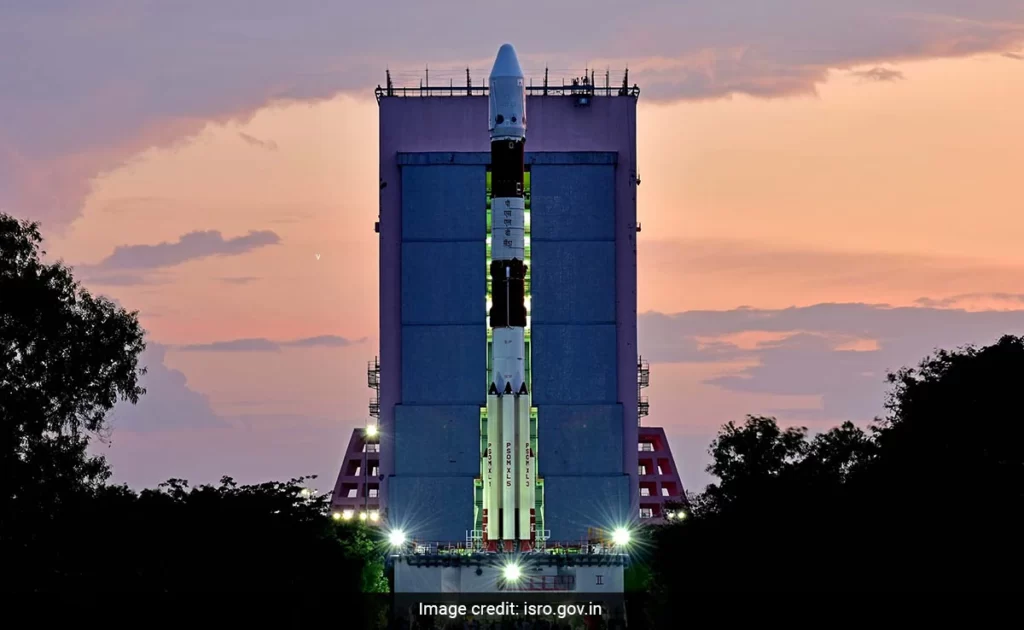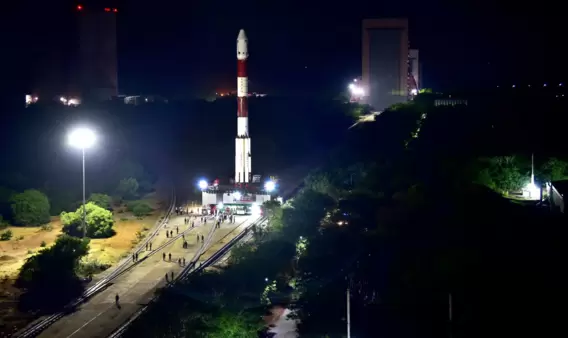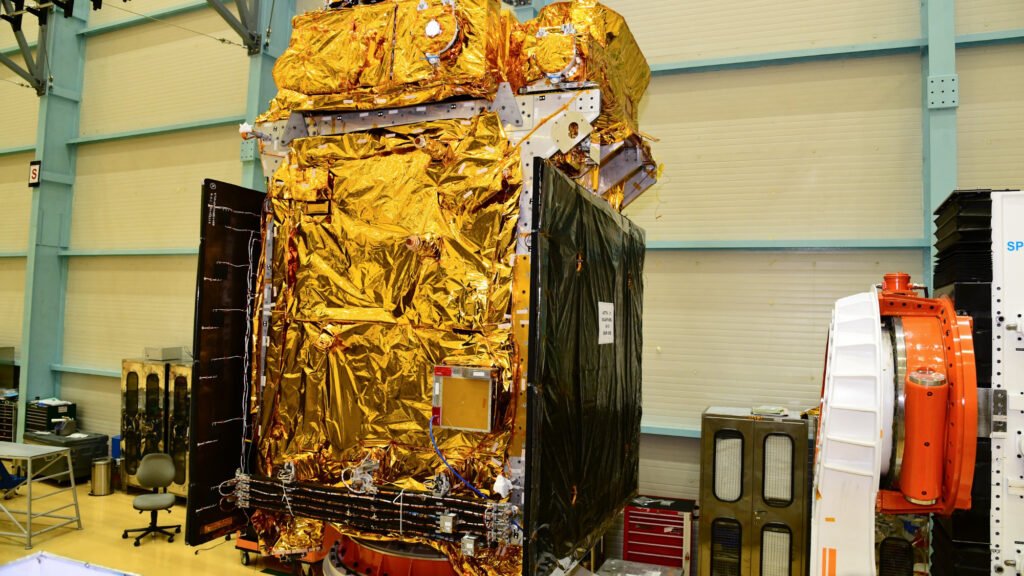BENGALURU: After years of planning, Isro began the final phase of preparations for the 11.50 a.m. Saturday launch of Aditya-L1, India’s first solar space observatory mission.
The 59th PSLV flight will see the launch of Aditya-L1. The liquid apogee motors (LAM) are powerful engines that will be essential in getting the spacecraft to its destination, the Lagrange Point-1 (L1), which is 1.5 million kilometres away. The PSLV will launch the spacecraft into a highly eccentric Earth-bound orbit using its XL configuration.Aditya-L1 is a satellite intended for in-depth research on the Sun. It contains seven different payloads that were all created locally, five by Isro and two by academic institutions working with Isro.

“The Sanskrit word Aditya means the Sun. L1, or Lagrange Point 1 of the Sun-Earth system, is located around 1.5 million kilometres from Earth. The gravitational forces of two celestial bodies, such as the Sun and Earth, are in balance at L1, according to conventional thought. According to Isro, this enables an object to stay there reasonably stable in relation to both celestial bodies.
Aditya-L1 will remain in Earth-bound orbit for 16 days after its scheduled launch on September 2 during which time it will perform five manoeuvres to increase its speed.
ALSO READ;https://news.hybriques.com/aditya-l1-mission-exploring-the-suns-mysteries/(opens in a new tab)
Aditya-L1 then performs a Trans-Lagrangian1 Insertion (TLI) operation, starting its 110-day journey to the location around the L1 Lagrange point. When Aditya-L1 reaches the L1 point, another manoeuvre locks it into an orbit around L1, which is a gravitationally balanced location halfway between the Earth and the Sun, according to Isro.
The satellite spends the entirety of its mission life orbiting around L1 in an erratic orbit in a plane that is roughly perpendicular to the line connecting the Earth and the Sun, it was said.

Aditya-L1 is positioned strategically at the L1 Lagrange point so that it may keep a steady, uninterrupted view of the Sun. The satellite can access solar radiation and magnetic storms from this position without being affected by the magnetic field or atmosphere of Earth.
The gravitational stability of the L1 point also reduces the frequency of orbital maintenance activities, increasing the operational effectiveness of the satellite.

India’s Chandrayaan-3 lunar mission, which was a success, was followed closely by its Chandrayaan solar mission. Isro will take a step into the research of solar activity and how it affects space weather with Aditya-L1. The investigation of coronal heating, solar wind acceleration, coronal mass ejections (CMEs), solar atmosphere dynamics, and temperature anisotropy are among the scientific goals of Aditya-L1.
The spacecraft is equipped with seven scientific instruments to accomplish this: The Solar Ultraviolet Imaging Telescope (SUIT) and Visible Emission Line Coronagraph (VELC) are the two primary payloads used for photosphere and chromosphere imaging (narrow & broadband) research.

Aditya Solar Wind Particle Experiment (ASPEX) for solar wind; Plasma Analyser Package For Aditya (PAPA) for Solar wind; and Advanced Tri-axial High Resolution Digital Magnetometers for in-situ magnetic field studies are the other instruments. Solar Low Energy X-ray Spectrometer (SoLEXS) for soft X-ray spectrometer: Sun-as-a-star observation; High Energy L1 Orbiting X-ray
RECOMMENDED:https://news.hybriques.com/oumuamua-unveiling-the-mighty-interstellar-visitor




































